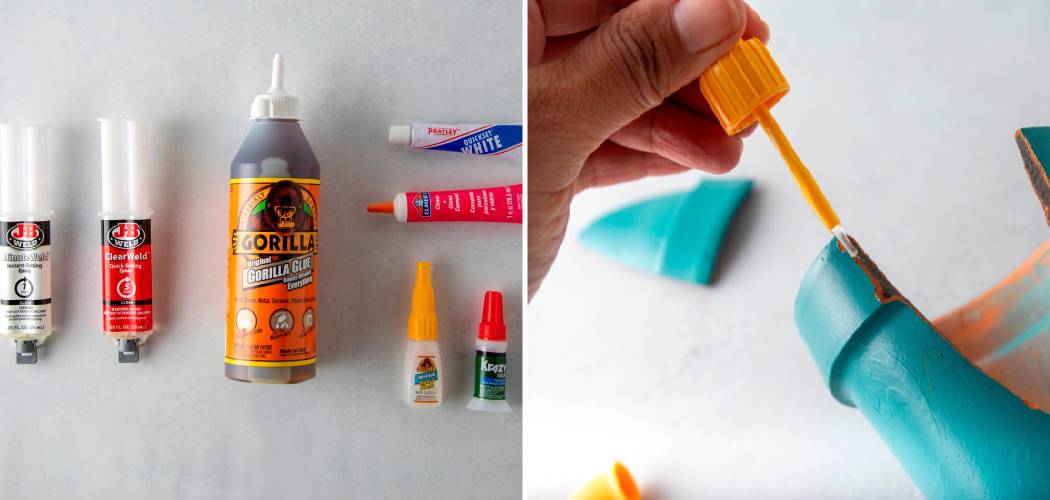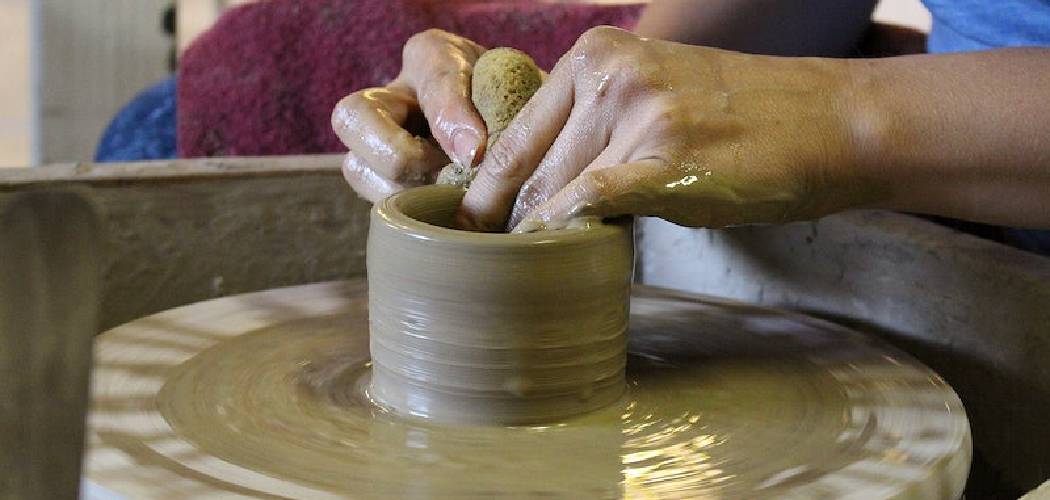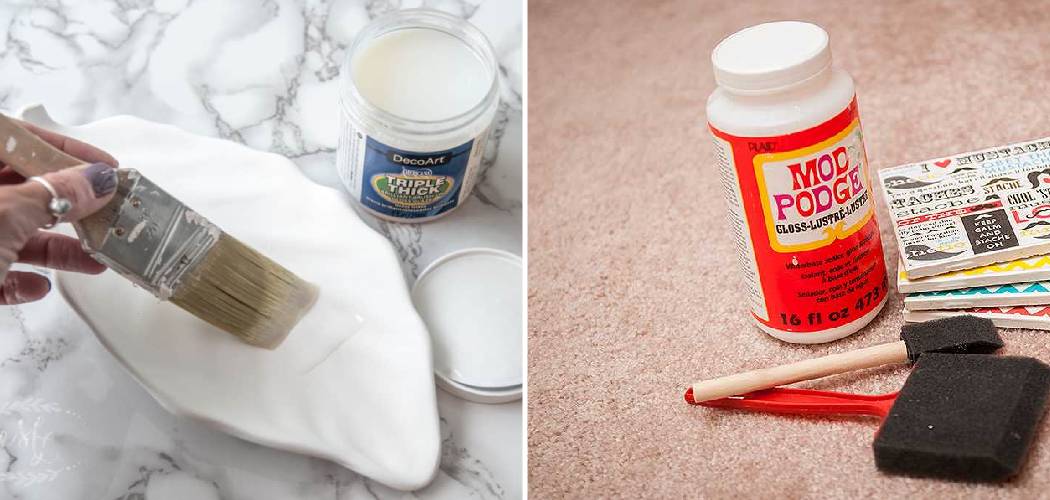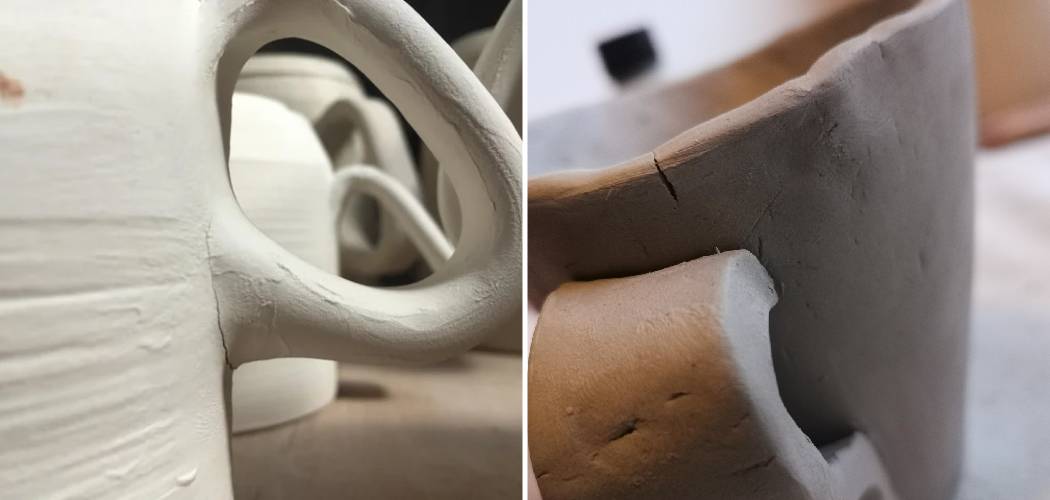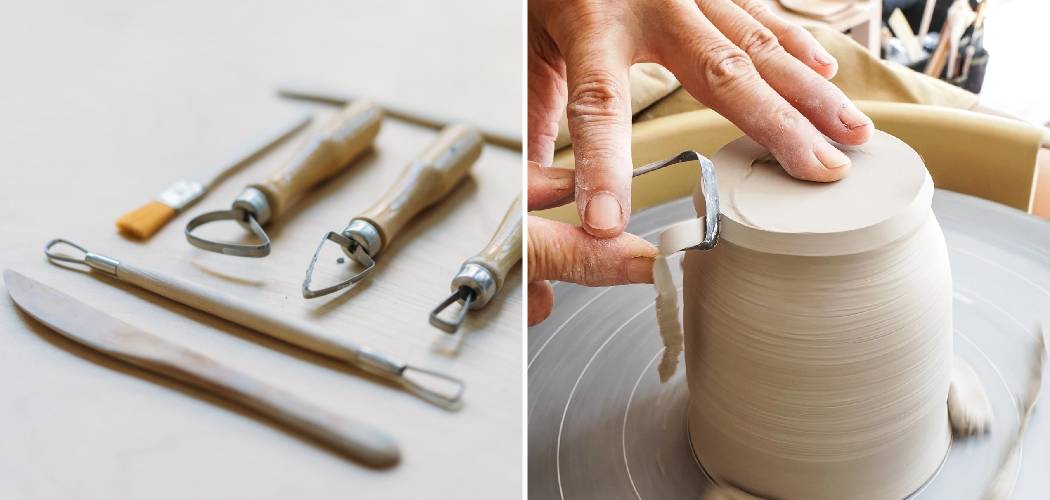Do you specialize in pottery and want to learn more about avoiding cracks while drying your clay? Keeping pottery clay from cracking is crucial for any successful project, but this can be challenging without the right knowledge.
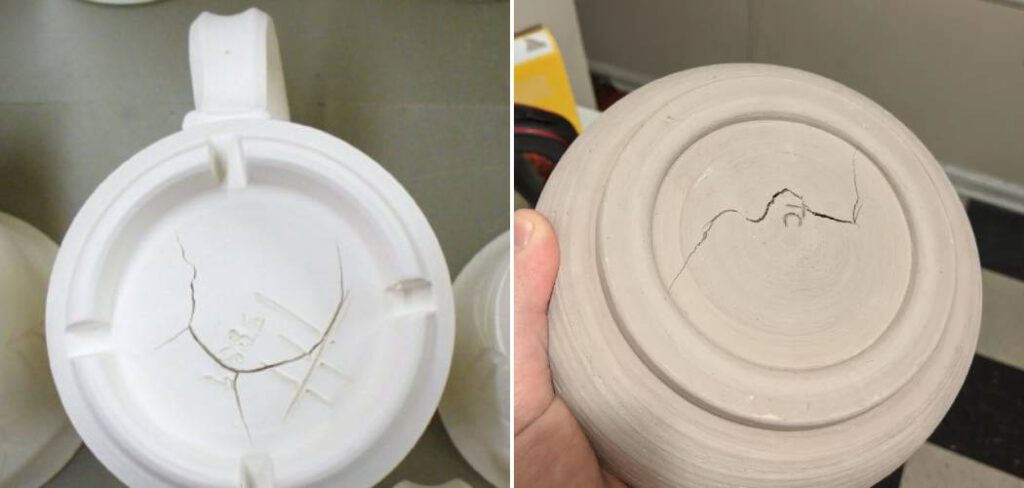
With a bit of practice and established methods, it’s possible to create pieces that are ready to fire with minimal issues. In this post, we will explore how to prevent pottery clay from cracking while drying and how they can be prevented before firing. Read on for essential information that every craftsman should know!
Table of Contents
Why Does My Pottery Crack when It Dries?
Cracking can occur in pottery clay when it dries too quickly. This is due to a lack of moisture in the pottery, which can cause uneven contraction and expansion of the clay. Additionally, if the pottery does not have enough support during drying or firing, it can also crack due to pressure from its own weight. Other causes of cracking may include impurities in the clay, incorrect glazing technique, or a sudden temperature change.
To prevent pottery from cracking while drying, it is important to allow for proper moisture level and drying time, provide adequate support during the process, use quality clay free of contaminants, and fire at an appropriate temperature.
Controlling the humidity of your workspace is essential for preventing cracked pottery. The air should be slightly damp but not wet; too much moisture can cause pots to take longer to dry out evenly and can lead to warping or other deformities. When drying your pieces out of the kiln, make sure they are on a stable surface that won’t collapse under their weight; if they’re supported by something soft like a towel, the pressure from their own weight can cause them to crack.
Additionally, using quality clay that is free of impurities is essential for preventing cracking. Impurities in the clay can cause it to shrink or expand unevenly while drying and firing.

Finally, make sure your kiln temperature is at an appropriate level when firing pottery; higher temperatures can cause it to crack due to thermal shock. Make sure you adjust the temperature slowly over time as well – sudden changes in temperature can also lead to cracking.
By following these tips on controlling humidity, providing adequate support during drying, using quality clay free of contaminants, and firing at an appropriate temperature, you should be able to prevent your pottery from cracking while drying and firing!
10 Methods How to Prevent Pottery Clay from Cracking while Drying
1. Keep Clay Pieces Moist while Drying:
The most important thing to remember when trying to prevent pottery clay from cracking while drying is to make sure that the clay is kept moist. This can be accomplished by lightly spraying it several times a day with a mist spray bottle or by covering the piece with plastic wrap or dampened cloths.
Keeping the clay pieces moist will help to reduce the chances of them cracking when drying. However, it is important to remember not to over-saturate the clay pieces, as this can cause them to become weak and vulnerable to cracking.
2. Use Slow and Even Heat when Baking Pottery Clay:
Pottery should always be baked in an oven set at a low temperature (200°F) and at least 2 hours for every ¼ inch of thickness. Heating too quickly will cause the outside of the clay piece to dry out faster than the inside, resulting in uneven drying and cracks.
If possible, use the slowest oven setting available and leave the pottery in there for as long as possible. If baking with a gas or electric kiln, be sure to follow the manufacturer’s instructions for the best results. For the most even baking, use a top-loading kiln and place the pottery in the center. This will ensure that each side of the piece is heated evenly and at the same rate.

3. Don’t Let Air Dry Your Pottery:
If you don’t have access to an oven, or if you’re new to working with pottery clay and don’t feel comfortable firing it yet, air-drying is an option – but be warned! Air-drying can lead to cracking due to uneven shrinkage across surfaces.
To reduce the risk, you should use a hobby-grade sealer on your pottery before it dries. This will help trap moisture and keep the clay from drying out too quickly. Once the sealer is applied, you can leave your pottery to dry on a heat-safe surface, making sure to turn it regularly in order to ensure even drying.
4. Use Heat Lamps or Fans for Uniform Drying:
To even out drying times between pieces, using heat lamps on either side of your workpiece and/or blowing fans over it can help control humidity within the work area. Careful attention must be paid as this method is more prone to rapid drying, which could cause cracking before you’re ready for it. If you use heat lamps or fans, keep an eye on the clay and remove them once a uniform surface sheen is observed.
5. Make Sure Your Clay Pieces Are Properly Sealed before Firing:
Sealing your pottery with a protective glaze before firing prevents tiny cracks from forming due to excessive moisture absorption during baking; any cracks present will also show up less prominently after glazing has been applied.
6. Add Some Slip or Water when Wedging:
When you’re kneading your clay together, add some slip (liquid clay) or water into the mix; this will give your piece flexibility and reduce strain on outer surfaces during drying and firing processes – therefore decreasing chances of cracking due to external stressors like humidity changes or overheating in the kiln. Keep in mind that adding too much water/slip will increase the chances of cracking due to shrinkage, so use this technique sparingly.
7. Let Each Layer Dry Slowly before Adding Another One:
To avoid shrinking and distortion when building with multiple layers, allow each layer of clay time to slowly adjust between firings; this helps eliminate excess stresses that could lead to cracking while allowing all parts of the workpiece sufficient time for adjustment as they dry evenly throughout its entirety prior to being fired again in a kiln

8. Harden Leather Hard Pieces Gradually so They Don’t Dry Too Quickly:
Clay pieces that are left open for extended periods of time tend to harden rapidly, making them more prone to surface cracking; if left unattended long enough, ceramic structure could collapse completely! To avoid this potential disaster, try hardening leather hard pieces gradually by pre-soaking them in warm water for about 20 minutes prior to use
9. Score & Slip Joints when Connecting Multiple Parts Together:
In order for two different parts made from separate clays (for example, handles attached to mugs) to stay connected without cracking apart during firings, scoring & slip joints are essential! Scoring refers to simply scratching both surfaces with a needle tool, allowing them a better grip against each other whilst applying some slip into those grooves allows easy movement between both parts, thus reducing chances of splitting apart during later stages of production.
10. Clean up Any Remaining Dust & Debris after Firing:
After completing all post-firing procedures, like cleaning off any remaining carbon deposits on your finished piece, it’s recommended that you perform one final checkup looking out for any tiny dust particles that might have remained. This can prevent the clay from cracking while it finishes drying and also ensure that your piece will achieve its desired final look.
Things to Look for When Prevent Pottery Clay from Cracking while Drying:
1. Make Sure the Clay Is Properly Wedged:
Clay must be kneaded and turned over several times in order to make sure any air pockets or lumps that may be present are removed. This process, known as wedging, is key to preventing cracking during the drying process.
2. Monitor Thickness:
Making sure the clay is a consistent thickness throughout will help prevent cracking as it dries. The thicker an area of the clay, the longer it will take to dry. This can lead to uneven drying and cracking.

3. Avoid Rapid Temperature Changes:
When possible, avoid taking clay from cold areas, such as a refrigerator or air-conditioned room, and bringing it into a hot area such as an oven or kiln too quickly. Doing so can cause the clay to crack due to the drastic temperature change.
4. Use an Even Drying Process:
To prevent cracking during the drying process, use even and gradual heating over time with either an electric dryer or slowly increasing temperatures in a kiln or oven. It is also important that you allow the piece to cool slowly before removing it from the heat source.
Conclusion:
From rehydrating clay to purchasing the right type of clay, there are several steps to take that can greatly reduce your chances of having cracking issues. Keep in mind that drying times will vary depending on the climate and airflow in your environment. However, you should always store wet clay in an air-tight container to avoid any additional moisture loss or cracking. Thanks for reading, and we hope this has given you some inspiration on how to prevent pottery clay from cracking while drying!

